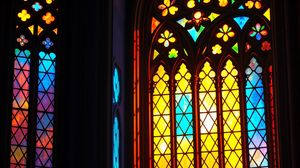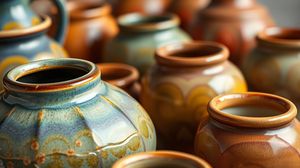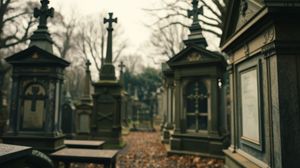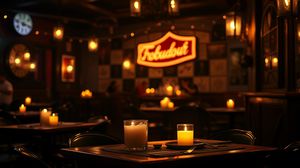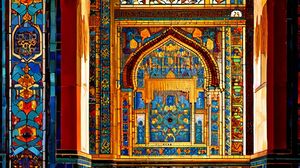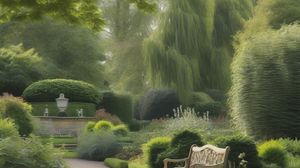
Fulham Palace is a historic landmark nestled by the River Thames in southwest London. Once the principal residence of the Bishops of London, it boasts nearly 1,300 years of history, making it a site rich in architectural, horticultural, and archaeological significance. Today, it functions as a museum and botanical garden, offering visitors a glimpse into centuries of history.
The palace's architectural style is quite a spectacle, showcasing a mix of Tudor, Georgian, and Victorian elements, which have been well-preserved through various restorations. One of its standout features is the Tudor courtyard, a serene and picturesque area dating back to the late 15th century.
Fulham Palace is home to one of the oldest walled gardens in London. This delightful garden includes a wide variety of plants, with the wisteria pergola being a particularly enchanting sight in full bloom. Visitors can also explore the palace's historic vinery and vegetable plots.
A curious fact about Fulham Palace is that it holds the fascinating distinction of being the longest continual ecclesiastical site in London. The palace remained a bishop's residence from the year 704 until 1973, spanning over a millennium of history and ecclesiastical influence.
The palace also showcases archaeological finds from the region, including Roman and medieval artifacts. These insights into the ancient past of Fulham make this venue particularly intriguing for history enthusiasts.
In addition to its historical and architectural significance, Fulham Palace also acts as a vibrant cultural hub, hosting a variety of events, art exhibitions, and educational programs throughout the year. These events further enhance the cultural experience for visitors, making it a dynamic and lively place to explore.

Making the Most of Your Visit:
Take some time to explore the Walled Garden. It's a hidden gem of Fulham Palace, and if you're lucky enough to visit in late spring or early summer, the wisteria pergola is absolutely breathtaking.
Don't miss out on the palace's cozy café with a terrace overlooking the gardens. It's a perfect spot to relax with a cup of coffee or a slice of cake, especially on a sunny day.
Keep an eye out for special exhibitions or events during your visit. The palace regularly hosts art displays, workshops, and family-friendly activities that are well worth checking out.
The Great Hall often hosts interesting exhibitions about the history of the palace and its previous residents. Make sure you peek inside to see what's on – you might get some surprising insights into the lives of the Bishops of London.
If you're interested in the archaeological side of things, the museum areas have artifacts that tell the story of the site from its earliest days. The juxtaposition between Roman finds and medieval artifacts is particularly fascinating.

Visiting Times & Costs:
Fulham Palace is open to the public throughout the year. Its opening hours are generally from 10:30 AM to 5:00 PM, though these times may vary around public holidays and special events, so it's advisable to check in advance before visiting. The palace, museum, and gardens are usually accessible during these hours.
Admission to Fulham Palace and the gardens is free, allowing visitors to explore most of the site without any charge. However, certain special exhibitions or events may require a ticket, so it's a good idea to check for any specific event details when planning your visit.
Accessibility at Fulham Palace is a priority, with the majority of the palace and walled garden accessible to wheelchair users. Some areas, such as parts of the garden or specific historical rooms, may have limited access due to the historic nature of the site. Assistance and information for visitors with disabilities are available, and there are accessible toilets on site. It's recommended to contact ahead if you have specific accessibility needs to ensure a smooth visit.

Address & Map:

Nearby:

